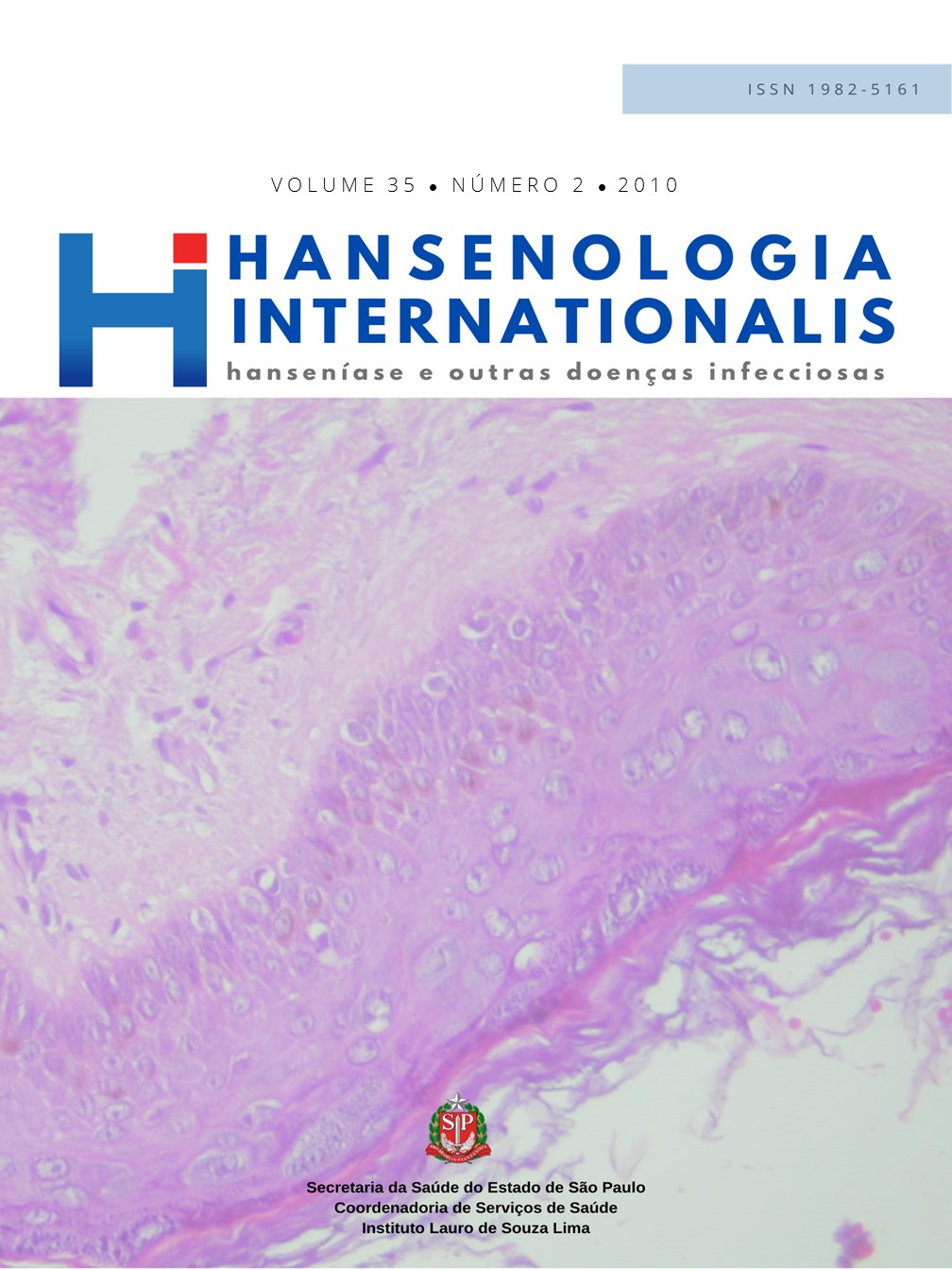Abstract
Objective: to develop a functional evaluation questionnaire to limitations in hand function by western adults individuals with lesions of the ulnar, median or radial nerves in their routine tasks. Design: an interview was conducted with 50 patients of 21-65 years of age with ulnar, median and radial nerve lesions to identify any manual difficulties in their performance of routine daily tasks. Six hand surgeons andnine hand therapists then analyzed the tasks listed by the patients and graded them in levels of importance for the evaluation of hand function, after which a questionnaire based on this classification was drawn up. Results: the instrument Evaluation of Hand with Nerve Damage Questionnaire, consists of 30 objective questions divided into task domains (dressing, feeding, personal hygiene, housework, writing, use of computers and “others”), answers being classified according to degree of difficulty. The questionnaire was completed by 32 patients of 18-65 years of age with sequelae of Hansen’s disease. Cronbach’s coefficient alpha was used to assess the reliability of the instrument. Following removal of two questions regarding computer use, Cronbach’s coefficient alpha increased to 0.90. Conclusion: the Evaluation of Hand with Nerve Damage Questionnaire shows a high internal consistency. In addition it is concise, easy to fill instrument not requiring specialized professional to apply and allows evaluation of the degree of independence of the individual with peripheral nerve lesion in the hand in performing routine daily tasks.
References
2 Lippert LS. Hand. In: _____, editor. Clinical Kinesiology for Physical Therapist Assistants. Philadelphia: F. A. Davis Company; 2000. p. 201-237.
3 Mackenzie CL, Iberall T. Introduction. In: _____, editores. The Grasping Hand. Amsterdam: North-Holland; 1994. p. 3-13.
4 Schieber MH, Santello M. Hand Function: Peripheral and Central Constraints on Performance. J Appl Physiol 2004; 96: 2293-2300.
5 Tubiana R, Thomine JM, Machin E. Anatomia Funcional. In: _____, editores. Diagnóstico Clínico da Mão e do Punho. Rio de Janeiro: Interlivros; 1996. p. 1-177.
6 Valero-Cuevas FJ. An integrative approach to the biomechanical function and neuromuscular control of the fingers. J Biomech 2005; 38: 673-684.
7 Rosén B, Lundborg G. A model instrument for the documentation of outcome after nerve repair. J Hand Surg [Am] 2000; 25(3): 535-543.
8 Rajkumar P, Premkumar R, Richard J. Grip and pinch strength in relation to function in denervated hands. Indian J Lepr 2002; 74(4): 319-328.
9 Jester A, Harth A, Wind G, Germann G, Sauerbier M. Disabilities of the arm, shoulder and hand (DASH) questionnaire: determining functional activity profiles in patients with upper extremity disorders. J Hand Surg [Br] 2005; 30(1): 23-28.
10 Boynton PM, Greenhalgh T. Selecting, designing, and developing your questionnaire. BMJ 2004; 328(29): 1312-1315.
11 Coderre SP, Harasym P, Mandin H, Fick G. The impact of two multiple-choice question formats on the problem-solving strategies used by novices and experts. BMC Med Educ 2004; 5; 4:23.
12 O’Cathain A, Thomas KJ. “Any other comments?” Open questions on questionnaires – a bane or a bonus to research? BMC Med Res Methodol 2004; 8; 4:25.
13 Rosén B. Recovery of sensory and motor function after nerve repair – a rationale for evaluation. J Hand Ther 1996; 9: 315-327.
14 van Brakel WH, Anderson AM, Wörpel FC, Saiju R, Bk HB, Sherpa S, et al. A scale to assess activities of daily living in persons affected by leprosy. Lepr Rev 1999; 70(3): 314-23.
15 Rajkumar P, Premkumar R, Richard J. Grip and pinch strength in relation in denervated hands. Indian J Lepr 2002; 74(4): 21-30.
16 The Salsa Collaborative Study group. The development of a short questionnaire for screening of activity limitation and safety awareness (SALSA) in clients affected by leprosy or diabetes. Disabil Rehabil 2007; 29: 689-700.
17 Rosén B. Recovery of sensory and motor function after nerve repair – a rationale for evaluation. J Hand Ther 1996; 9: 315-327.
18 Carroll L. Classical test theory. In: Maxim PS. Quantitative Research Methods in the Social Sciences. New York: Oxford University Press; 1999. 233-250.
19 Cronbach LJ. Coefficient alpha and the internal structure of tests. Psychometrika 1951; 16(3): 297-335.
20 Garbino JA. Neuropatia hanseniana. In: Opromolla DVA, editor. Noções de Hansenologia. Bauru: Centro de Estudos “Dr Reynaldo Quagliato”; 2000. 79-89.
21 Andrade Vera Lúcia G. de, Sabroza Paulo C., Araújo Adauto José G. de. Fatores associados ao domicílio e à família na determinação da hanseníase. Cad. Saúde Pública 1994; 10 (Suppl 2): s281-s292.
22 Varkevisser CM; Lever P; Alubo O; Burathoki K; Idawani C; Moreira TM; Patrobas P; Yulizar M. Gender and leprosy: case studies in Indonesia, Nigeria, Nepal and Brazil. Lepr Rev 2009; 80(1): 65-76.

This work is licensed under a Creative Commons Attribution 4.0 International License.
